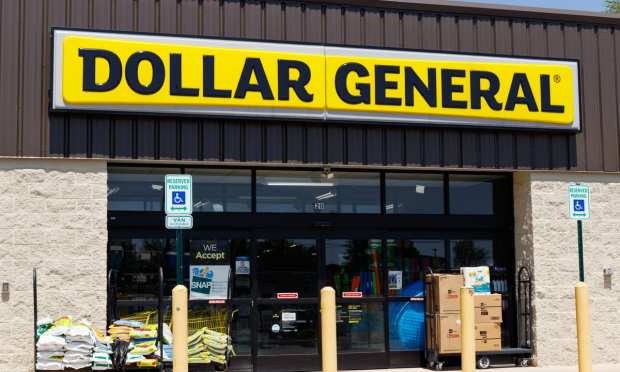Dollar General, Dollar Tree Look to Leverage the ‘Great Retail Trade Down’

We’ve seen a series of “great” trends emerge from the pandemic. There was the great digital shift, the great resignation, the great unsubscribe, and now the great trade down trend of 2022 joins the list.
This, as consumers show an increased appetite for bargain brands and the retailers that offer them, as they look to stretch limited dollars in the face of diminished buying power.
PYMNTS has been tracking the spend trends and analyzing consumer behavior changes in the face of runaway inflation, finding that bargain chains and off-brand goods are increasingly replacing premium products in recent months as prices spiked to a 40-year high.
In PYMNTS’ report “Consumer Inflation Sentiment: July 2022 — Consumers Pull Back and Prepare for the Long Haul,” based on a survey of nearly 3,800 consumers, 70% of retail shoppers said they cut back on nonessential goods, and over half (53%) shopped at bargain retailers.
Additionally, 60% of consumers in the report reduced nonessential grocery spend, with 45% switching to cheaper grocers, “suggesting that consumers are generally considering retail to be more subject to pullbacks than groceries. Additionally, 77% of consumers said they have been eating at home more often to mitigate higher restaurant prices, while 48% of consumers said they are staying in more often to fight increased transportation costs and gas prices.”
Redefining ‘Bargain’
Those sentiments were crystalized by the nation’s top dollar store discount chains this week, as their earnings reflected greater price sensitivity among their customers.
Within its 18,000 stores, Dollar General CEO Todd Vasos told analysts on a Thursday (Aug. 25) second-quarter earnings call: “As the quarter progressed, we saw additional signs of our core customers shopping more intentionally and closer to need, as well as an increase in trade-down activity.
“During Q2, customers appeared to be making trade-offs of some of their food choices, contributing to an increase in private brand penetration within our consumables business,” Vasos said. “We also saw growth in the number of higher-income households shopping with us, which we believe reflects more consumers choosing Dollar General as they seek value.”
Responding to an analyst’s question about these effects, Vaso put a positive spin on it from the bargain retail perspective, saying “that trade down is coming from income levels that are upwards of $100,000, which we really are encouraged in seeing a younger consumer, a little bit more affluent, and again, very digitally and tech savvy.”
That aligns with PYMNTS data, specifically the August study “New Reality Check: The Paycheck-to-Paycheck Report: The Consumer Savings Edition,” a PYMNTS and LendingClub collaboration.
“Seventy-eight percent of consumers earning less than $50,000 and 60% of those earning $50,000 to $100,000 annually were living paycheck to paycheck in June 2022, up from 73% and 54%, respectively, in June 2021,” the report stated. “Among consumers earning more than $100,000 per year, 45% reported living paycheck to paycheck in June 2022, an increase from 39% in June 2021.”
Read more: $100K+ Households Saw Biggest Increase in Paycheck-to-Paycheck Living
With 16,000 locations, Dollar Tree is seeing trade down behavior even among its cost-conscious shopper base. During its Q2 earnings call Thursday (Aug. 25), President and CEO Mike Witynski said “there are signs of trade down to our stores, and we are focused on the value proposition for both banners in this environment. Like many retailers, we are seeing a shift in consumable preferences as many shoppers are gravitating to needs-based consumables, which is impacting our margin through product mix.”
While he said this has “modestly increased expectations” for the company’s 8,200 Family Dollar stores, it seems that even budget retailers aren’t escaping the trade down effect.
For all PYMNTS retail coverage, subscribe to the daily Retail Newsletter.
